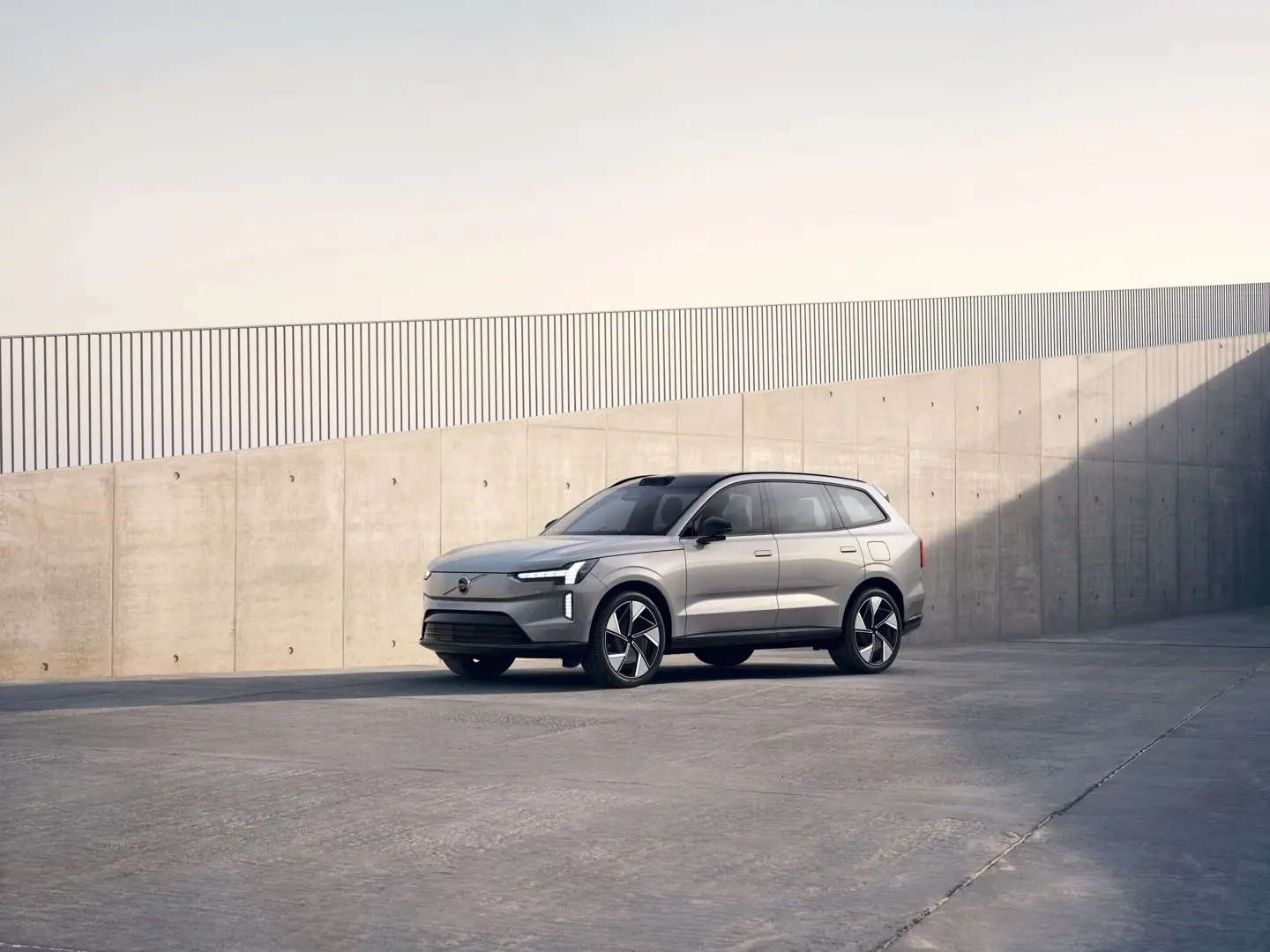The European Union (EU) is at the forefront of global efforts to combat climate change. It is committed to reducing carbon emissions from the transport sector. In a bold move, the EU is poised to make a demand for e-fuel cars. These cars rely on synthetic fuels produced using clean energy and are expected to have no climate impact. This strong stance shows the EU’s dedication to fostering sustainable mobility solutions.

The block will now demand that cars that use e-fuels must be 100% carbon neutral. If they are not, then they will not be sold beyond 2035. This means that all new cars that will be sold in the EU from 2035 must have zero CO2 release. Recall that the EU nation agreed to a climate policy for cars earlier this year. This new drive for 100% carbon-neutral cars falls under the new policy.
With regard to the new policy, BMW (BMWG.DE) said in a statement
“Especially when it comes to reducing CO2 emissions of the existing fleet — which already comprises around 250 million vehicles in Europe today — climate-neutral fuels can play an important role in decarbonising transport,”
E-Fuel Cars: A Sustainable Transport Solution
E-fuel cars, also known as electro-fuel or synthetic fuel cars, represent a promising avenue for reducing carbon emissions. If the EU plans to pull through, it would reduce carbon release from the transport sector. Unlike regular internal combustion engine cars, e-fuel cars do not rely on fossil fuels. Instead, they utilize synthetic fuels produced through a process known as power – to – liquid (PtL) or power – to – gas (PtG).
How E-Fuel Cars Work: The PtL and PtG Processes
- Power-to-Liquid (PtL): In the PtL process, renewable electricity typically comes from sources like wind or solar. They are then used to split water into hydrogen and oxygen through electrolysis. The hydrogen then combines with captured carbon dioxide (CO2) from the atmosphere or industrial sources. It will then produce synthetic liquid fuels, such as synthetic gasoline or diesel.
- Power-to-Gas (PtG): In the PtG process, renewable electricity is again used for electrolysis to produce hydrogen. This hydrogen can either be used directly as a clean fuel or combined with CO2 to create synthetic methane. This is compatible with existing natural gas infrastructure.
These synthetic fuels can work in combustion engines, including those found in regular cars. The key distinction is that experts consider e-fuels to be “carbon-neutral”. In fact, they could be “carbon-negative” if the CO2 in their production is from the atmosphere.

The EU’s Ambitious Demand: No Climate Impact
The EU’s plan to demand that e-fuel cars have no climate impact sets a high bar for this emerging technology. The objective is clear: e-fuel cars must not contribute to carbon emissions. To hit this goal would require the production of carbon-neutral e-fuels. Also, there will be a need to ensure that the entire lifecycle of these cars has no net carbon emissions. This includes their production process.
Gizchina News of the week
Challenges and Considerations
While the EU’s ambition is commendable, the industry must tackle several challenges and considerations to make e-fuel cars truly climate-neutral:
- Energy Source: The carbon neutrality of e-fuels depends on the source of the electricity used in their production. It is crucial to ensure that renewable energy sources power the electrolysis and fuel synthesis processes.
- CO2 Capture: Capturing and sourcing CO2 for e-fuel production is critical. The EU will need to establish guidelines and standards for the carbon capture process to ensure its environmental integrity.
- Efficiency: The efficiency of the PtL and PtG processes can impact the overall carbon footprint of e-fuels. Improving efficiency through technological advancements is essential.
- Vehicle Efficiency: The design of E-fuel cars must support high efficiency to minimize emissions during operation.
- Infrastructure: Developing the infrastructure for e-fuel production and distribution is a substantial undertaking that requires significant investment.
- LCA and Certification: A robust life cycle assessment (LCA) system and certification process will be necessary. This is to verify the climate impact of e-fuel cars.
Implications for the Automotive Industry and Climate Change Mitigation
The EU’s demand for e-fuel cars to have no climate impact has significant implications:
- Innovation Incentive: The stringent requirements set by the EU will incentivize automakers. Also, fuel producers will invest in innovation and tech to meet carbon-neutral standards.
- Global Influence: The EU’s stance can influence global automotive standards and encourage other regions to adopt similar climate-conscious policies.
- Emissions Reduction: If successfully implemented, e-fuel cars could play a huge role in reducing carbon emissions.
- Circular Economy: The use of captured CO2 for e-fuel production aligns with circular economy principles. This is by recycling carbon emissions back into the transportation sector.
- Energy Transition: E-fuel cars can act as a bridge technology during the transition to a fully electrified transportation system. It supports the integration of clean energy sources.

Conclusion: A Carbon-Neutral Vision for E-Fuel Cars
The EU’s demand that e-fuel cars have no climate impact represents a bold vision for the future of sustainable mobility. It acknowledges the potential of e-fuels as a clean alternative to fossil fuels. It also sets a rigorous standard for environmental responsibility. The success of this initiative will depend on links between governments, industries, and research institutions. The industry needs the linkage to tackle the technological and infrastructure challenges.
Finally, achieving a carbon – neutral status in e-fuel cars will make a big impact on the larger goal of mitigating climate change and cutting greenhouse gas emissions. The car sector keeps trying to adapt to the EU’s lofty standards. However, the EU stands serves as a beacon of hope for a cleaner, more sustainable transportation future.





